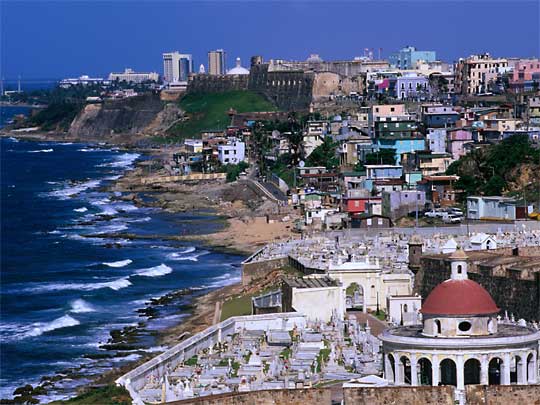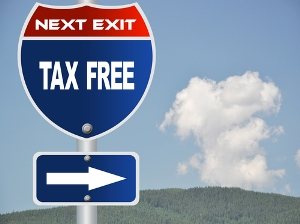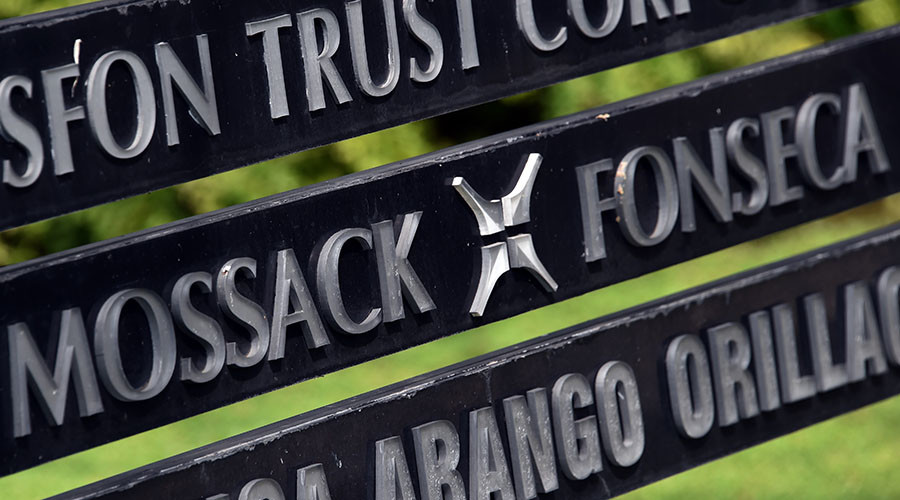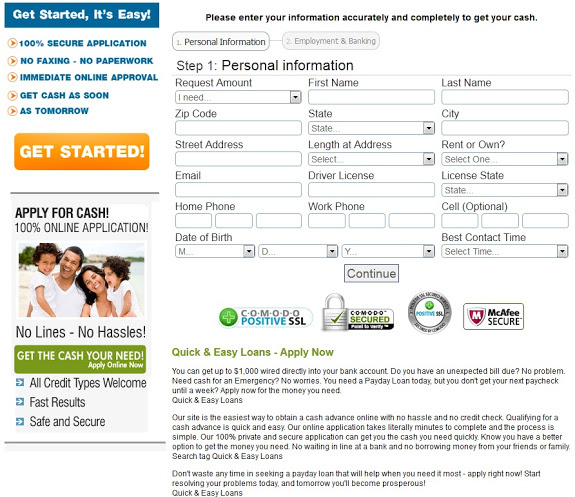Foreign Earned Income Exclusion for 2018
On October 19, 2017, the IRS announced the Foreign Earned Income Exclusion for 2018. The FEIE for 2018 is a nice bump up from 2017. Here’s what you need to know about the Foreign Earned Income Exclusion for 2018 and how it might be affected by President Trump’s residency based tax proposal
Under Section 911 of the US tax code, the Foreign Earned Income Exclusion for 2018 increases from $102,100 in 2017 to $104,100 in 2018. The FEIE amount for 2016 was $101,300, 2015 was $100,800, and 2014 was $99,200.
This increase is based on the annual inflation adjustment for 2017 which applies to more than 50 provisions in the US tax code. For all the details see IRS Rev. Proc. 2017-58.
However, the Foreign Earned Income Exclusion for 2018 is subject to change. President Trump is proposing major changes to the US tax code which could change the FEIE amount for 2018 (or, more likely 2019). He might also succeed in his effort to move the United States from a citizenship based tax system to a residency based tax system.
If President Trump is successful, and all of us expats are hoping he is, the FEIE will be eliminated and those who are residents of a foreign country will pay zero US tax on income earned abroad.
In order to understand the Foreign Earned Income Exclusion for 2018, and how it might change next year, allow me to summarize it here.
As I said above, the Foreign Earned Income Exclusion for 2018 is $104,100. If you’re living and working abroad, and qualify for the Foreign Earned Income Exclusion, you can exclude up to $104,100 in salary or wages on your US Federal income tax return.
This salary can come from your US employer, a US corporation you own, a foreign employer, or an offshore corporation you own. If it comes from a US company, you and your employer are liable for payroll taxes. If you get paid from a foreign corporation, you are generally exempt from payroll taxes (which are about 15% combined on $100,000 in wages).
The Foreign Earned Income Exclusion for 2018 is to be reported on your 2018 personal income tax return using Form 1040 and Form 2555. Only income earned outside of the US qualifies for the FEIE. That is to say, US source income goes on Form 1040 and not Form 2555.
At the time of this writing, there are two ways to qualify for the Foreign Earned Income Exclusion in 2018. You can be out of the country for 330 days during any 365 day period or be a legal resident of a foreign country.
President Trump is saying he’ll convert the US from a citizenship based tax system to a residency based tax code. If that happens, the 330 day test would likely be eliminated and only those who are legal residents of a foreign country would qualify for the Foreign Earned Income Exclusion in 2018.
Under this tax system, the FEIE would eventually be eliminated and those who are legal residents of a foreign country would be allowed to exclude all of their foreign income. It seems likely that that the Foreign Earned Income Exclusion for 2018 will remain as described herein and that we will move to a residency based system in 2019.
Regardless of whether President Trump succeeds, we’re advising all of our clients using the FEIE’s 330 day test to convert to the residency test during 2018. You should be ready by January 1, 2019 to qualify for the residency test. Here’s why:
First, the residency test is lower risk than the 330 day test. Many of our clients have been caught missing their 330 days and have lost the FEIE. If you miss your 330 by even one day, you lose the Foreign Earned Income Exclusion entirely and 100% of your worldwide income becomes taxable in the United States.
Second, the residency test is easier to use in the long term. Sure, it’s simple to calculate how many days you were in the US and how many days you were in a foreign country. But, counting travel days year in and year out is a real headache.
When you use the residency test, you don’t need to keep track of your days to closely. You can be in the US on business for 2 or 3 months a year without an issue. Try not to exceed 4 months a year and never spend more than 183 days in the US, and you’ll qualify for the residency test.
Third, the residency test requires you to be a resident of a foreign country for a full calendar year. That means it must start on January 1 of 2019. I’m recommending that our clients spend 2018 getting their affairs in order and planning for the FEIE throughout 2018.
It takes a great deal of time and effort to qualify for the residency test. You need legal residency in a country you can call your home base. Plus, you need to cut as many ties to your home country as possible and create as many ties to your new country of residence as possible.
So, plan to use the Foreign Earned Income Exclusion for 2018 with the 330 day test and be ready with the residency test in 2019.
This means that you must secure legal residency in a country that will be your home base to maximize the value of the Foreign Earned Income Exclusion in 2019. It doesn’t matter for US tax purposes which country. So long as you’re a legal resident, you’ll qualify for the FEIE and Trump’s residency based tax system if it passes.
Of course you don’t want to exchange one high tax country for another. You want to secure residency in a country that won’t tax your foreign capital gains and your foreign sourced profits. For a list of these countries, see: Which Countries Tax Worldwide Income?
For example, I don’t recommend Mexico or Colombia because they tax residents on their worldwide income. I do recommend Panama because this country taxes residents on their local source income but not their foreign sourced profits.
If you’re living in Panama and selling to persons in the US, Panama won’t tax those gains. If you’re living in Panama and selling to Panamanians, you will owe tax on those sales.
Next, you need a country with an efficient residency program that fits your budget… and there are a number of options here.
For example, if you have the cash, you can get residency in the European Union through Portugal’s golden visa program. Portugal requires you deposit € 1,000,000 in a local bank or purchase real estate for € 500,000 or more.
If you wish to live in Asia, you can get residency in Hong Kong by investing about $1.3 million in a local business. You can also gain residency in the Malaysia with a deposit of about $135,000 in a local bank or in the Philippines by investing $75,000 in a government approved business.
The easiest and lowest cost residency for US citizens is Panama’s Friendly Nations Reforestation Visa program. Invest $20,000 in one of the approved reforestation projects and get residency immediately. And this investment covers you, your spouse, and your dependent children 18 years of age and under. Government and legal fees apply to each applicant in addition to the investment.
If you can make Panama your home base, I guarantee that the Panama Reforestation Visa is the most efficient residency program and the best way to qualify for the Foreign Earned Income Exclusion in 2018 and beyond. For more information on this program, see: Best Panama Residency by Investment Program
I hope you’ve found this article on the Foreign Earned Income Exclusion for 2018 to be helpful. For more information, or for assistance with residency in Portugal or Panama, please contact us at info@premieroffshore.com or call us at (619) 483-1708. We’ll be happy to assist you with your international tax plan and support you through the coming changes.












Leave a Reply
Want to join the discussion?Feel free to contribute!